Rabbit Anti-GSK3A/GSK3B (phospho Y216/Y279) Recombinant Antibody (VS3-CJ998) (CAT#: VS3-CJ998)
This product is a rabbit antibody that recognizes human, mouse, and rat phospho-GSK3A/GSK3B (Y216/Y279).

(Immunofluorescent staining of human cell line U-2 OS shows localization to cytosol.)
* Image credit: Human Protein Atlas v21.proteinatlas.org/images/4422/if_selected.jpg

(Immunohistochemical staining of human heart muscle shows moderate membranous and cytoplasmic positivity in myocytes.)
* Image credit: Human Protein Atlas v21.proteinatlas.org/images/28423/ihc_selected.jpg

(Germinal center cells Staining: High Intensity: Strong Quantity:>75% Location: Cytoplasmic/ membranous Non-germinal center cells Staining: High Intensity: Strong Quantity:>75% Location: Cytoplasmic/ membranous)
* Image credit: Human Protein Atlas v21.proteinatlas.org/images/4422/12766_A_9_8.jpg

(Endothelial cells Staining: Medium Intensity: Moderate Quantity:>75% Location: Cytoplasmic/ membranous Glial cells Staining: Medium Intensity: Moderate Quantity: 75%-25% Location: nuclear Neuronal cells Staining: High Intensity: Strong Quantity:>75% Location: Cytoplasmic/ membranous nuclear Neuropil Staining: High Intensity: Strong Quantity:>75% Location: Cytoplasmic/ membranous)
* Image credit: Human Protein Atlas v21.proteinatlas.org/images/4422/12766_B_7_5.jpg

(Glandular cells Staining: High Intensity: Strong Quantity:>75% Location: Cytoplasmic/ membranous Peripheral nerve/ganglion Staining: High Intensity: Strong Quantity:>75% Location: Cytoplasmic/ membranous)
* Image credit: Human Protein Atlas v21.proteinatlas.org/images/4422/12766_A_7_3.jpg

(Cholangiocytes Staining: Medium Intensity: Moderate Quantity:>75% Location: Cytoplasmic/ membranous)
* Image credit: Human Protein Atlas v21.proteinatlas.org/images/4422/12766_A_9_4.jpg

(Cells in glomeruli Staining: Medium Intensity: Moderate Quantity:>75% Location: Cytoplasmic/ membranous Cells in tubules Staining: Medium Intensity: Moderate Quantity:>75% Location: Cytoplasmic/ membranous)
* Image credit: Human Protein Atlas v21.proteinatlas.org/images/4422/12766_A_8_5.jpg

(Cells in seminiferous ducts Staining: High Intensity: Strong Quantity:>75% Location: Cytoplasmic/ membranous nuclear Leydig cells Staining: Medium Intensity: Moderate Quantity:>75% Location: Cytoplasmic/ membranous nuclear)
* Image credit: Human Protein Atlas v21.proteinatlas.org/images/4422/12766_A_6_6.jpg

(Cell lines ordered by descending RNA expression order)
* Image credit: Human Protein Atlas v21.proteinatlas.org/ENSG00000105723-GSK3A
Specifications
- Immunogen
- Synthetic peptide conjugated to Keyhole Limpet Haemocyanin (KLH)
- Host Species
- Rabbit
- Type
- Rabbit IgG
- Specificity
- Human, Mouse, Rat phospho-GSK3A/GSK3B (Y216/Y279)
- Species Reactivity
- Human, Mouse, Rat
- Applications
- WB, ICC, IHC, IP
- Conjugate
- Unconjugated
Product Property
- Purification
- Protein A affinity purified
- Purity
- >95% as determined by SDS-PAGE
- Format
- Liquid
- Buffer
- 40% Glycerol, 1% BSA, TBS, pH7.4.
- Preservative
- 0.05% Sodium Azide
- Storage
- Store at 4°C for short term. Aliquot and store at -20°C for long term. Avoid repeated freeze/thaw cycles.
Applications
- Application Notes
- This antibody has been tested for use in Western Blot, Immunocytochemistry, Immunohistochemistry, Immunoprecipitation.
Target
- Alternative Names
- Glycogen synthase kinase 3 alpha
- Gene ID
- 2931
- UniProt ID
- P49840
- Sequence Similarities
- Belongs to the protein kinase superfamily. CMGC Ser/Thr protein kinase family. GSK-3 subfamily.
- Cellular Localization
- Apical dendrite, Axon, Beta-catenin destruction complex, Cytoplasm, Cytosol, Mitochondrion, Nucleus, Postsynapse, Proximal dendrite
- Post Translation Modifications
- Phosphorylated by AKT1 at Ser-21: upon insulin-mediated signaling, the activated PKB/AKT1 protein kinase phosphorylates and deactivates GSK3A, resulting in the dephosphorylation and activation of GYS1. Activated by phosphorylation at Tyr-279.
(Microbial infection) Dephosphorylated at Tyr-279 by M.tuberculosis PtpA, which leads to prevention of apoptosis during early stages of microbial infection.
- Protein Refseq
- NP_063937.2
- Function
- Constitutively active protein kinase that acts as a negative regulator in the hormonal control of glucose homeostasis, Wnt signaling and regulation of transcription factors and microtubules, by phosphorylating and inactivating glycogen synthase (GYS1 or GYS2), CTNNB1/beta-catenin, APC and AXIN1 (PubMed:11749387, PubMed:17478001, PubMed:19366350).
Requires primed phosphorylation of the majority of its substrates (PubMed:11749387, PubMed:17478001, PubMed:19366350).
Contributes to insulin regulation of glycogen synthesis by phosphorylating and inhibiting GYS1 activity and hence glycogen synthesis (PubMed:11749387, PubMed:17478001, PubMed:19366350).
Regulates glycogen metabolism in liver, but not in muscle (By similarity).
May also mediate the development of insulin resistance by regulating activation of transcription factors (PubMed:10868943, PubMed:17478001).
In Wnt signaling, regulates the level and transcriptional activity of nuclear CTNNB1/beta-catenin (PubMed:17229088).
Facilitates amyloid precursor protein (APP) processing and the generation of APP-derived amyloid plaques found in Alzheimer disease (PubMed:12761548).
May be involved in the regulation of replication in pancreatic beta-cells (By similarity).
Is necessary for the establishment of neuronal polarity and axon outgrowth (By similarity).
Through phosphorylation of the anti-apoptotic protein MCL1, may control cell apoptosis in response to growth factors deprivation (By similarity).
Acts as a regulator of autophagy by mediating phosphorylation of KAT5/TIP60 under starvation conditions which activates KAT5/TIP60 acetyltransferase activity and promotes acetylation of key autophagy regulators, such as ULK1 and RUBCNL/Pacer (PubMed:30704899).
Negatively regulates extrinsic apoptotic signaling pathway via death domain receptors. Promotes the formation of an anti-apoptotic complex, made of DDX3X, BRIC2 and GSK3B, at death receptors, including TNFRSF10B. The anti-apoptotic function is most effective with weak apoptotic signals and can be overcome by stronger stimulation (By similarity).
Phosphorylates mTORC2 complex component RICTOR at 'Thr-1695' which facilitates FBXW7-mediated ubiquitination and subsequent degradation of RICTOR (PubMed:25897075).
Recommended Products
Isotype Control
Secondary Antibody
Related Resources
Product Notes
This is a product of Creative Biolabs' Hi-Affi™ recombinant antibody portfolio, which has several benefits including:
• Increased sensitivity
• Confirmed specificity
• High repeatability
• Excellent batch-to-batch consistency
• Sustainable supply
• Animal-free production
See more details about Hi-Affi™ recombinant antibody benefits.
Downloads
Download resources about recombinant antibody development and antibody engineering to boost your research.
See other products for "GSK3A"
Chicken IgY Antibody
| CAT | Product Name | Application | Type |
|---|---|---|---|
| BRD-0237MZ | Chicken Anti-GSK3a Polyclonal IgY | Indirect ELISA, WB | Chicken antibody |
Rabbit Monoclonal Antibody
| CAT | Product Name | Application | Type |
|---|---|---|---|
| MOR-1525 | Rabbit Anti-GSK3A Recombinant Antibody (clone DS1525AB) | WB, IHC-P, ICC, IP | Rabbit IgG |
Recombinant Antibody
| CAT | Product Name | Application | Type |
|---|---|---|---|
| ZG-0398J | Mouse Anti-GSK3A Recombinant Antibody (ZG-0398J) | WB, ELISA | Mouse IgG |
| ZG-0399J | Mouse Anti-GSK3A Recombinant Antibody (ZG-0399J) | WB, IF, ELISA | Mouse IgG |
| ZG-0400J | Mouse Anti-GSK3A Recombinant Antibody (ZG-0400J) | WB, IHC, ELISA | Mouse IgG |
| ZG-0696J | Rabbit Anti-GSK3A Recombinant Antibody (clone 4A5) | ELISA, IHC | Rabbit IgG |
| VS3-XY782 | Mouse Anti-GSK3A Recombinant Antibody (clone 6G12C2) | ELISA, WB | Mouse IgG1 |
Customer Reviews and Q&As
There are currently no Customer reviews or questions for VS3-CJ998. Click the button above to contact us or submit your feedback about this product.
View the frequently asked questions answered by Creative Biolabs Support.
For Research Use Only. Not For Clinical Use.
For research use only. Not intended for any clinical use. No products from Creative Biolabs may be resold, modified for resale or used to manufacture commercial products without prior written approval from Creative Biolabs.
This site is protected by reCAPTCHA and the Google Privacy Policy and Terms of Service apply.

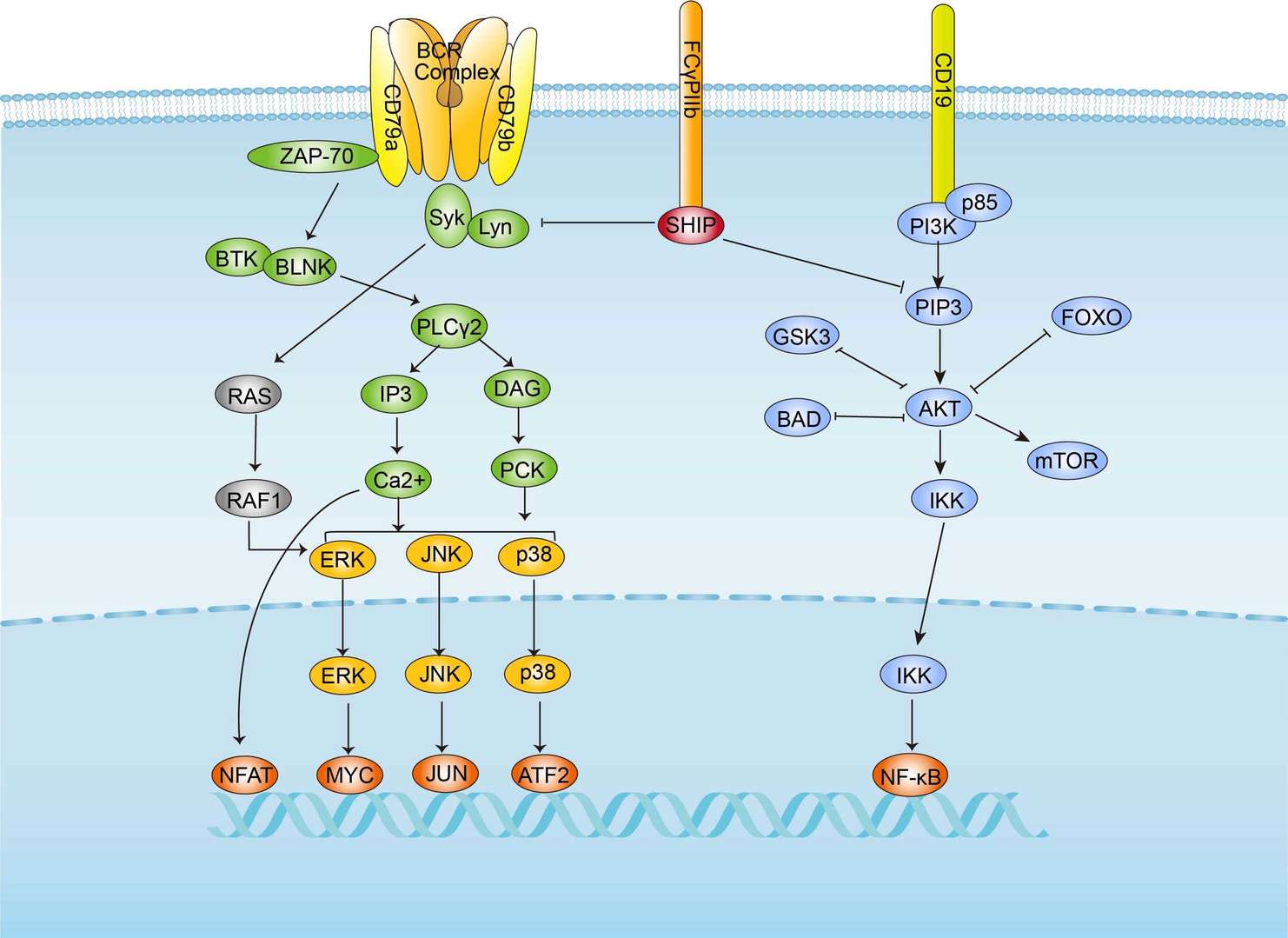 BCR Signaling Pathway
BCR Signaling Pathway
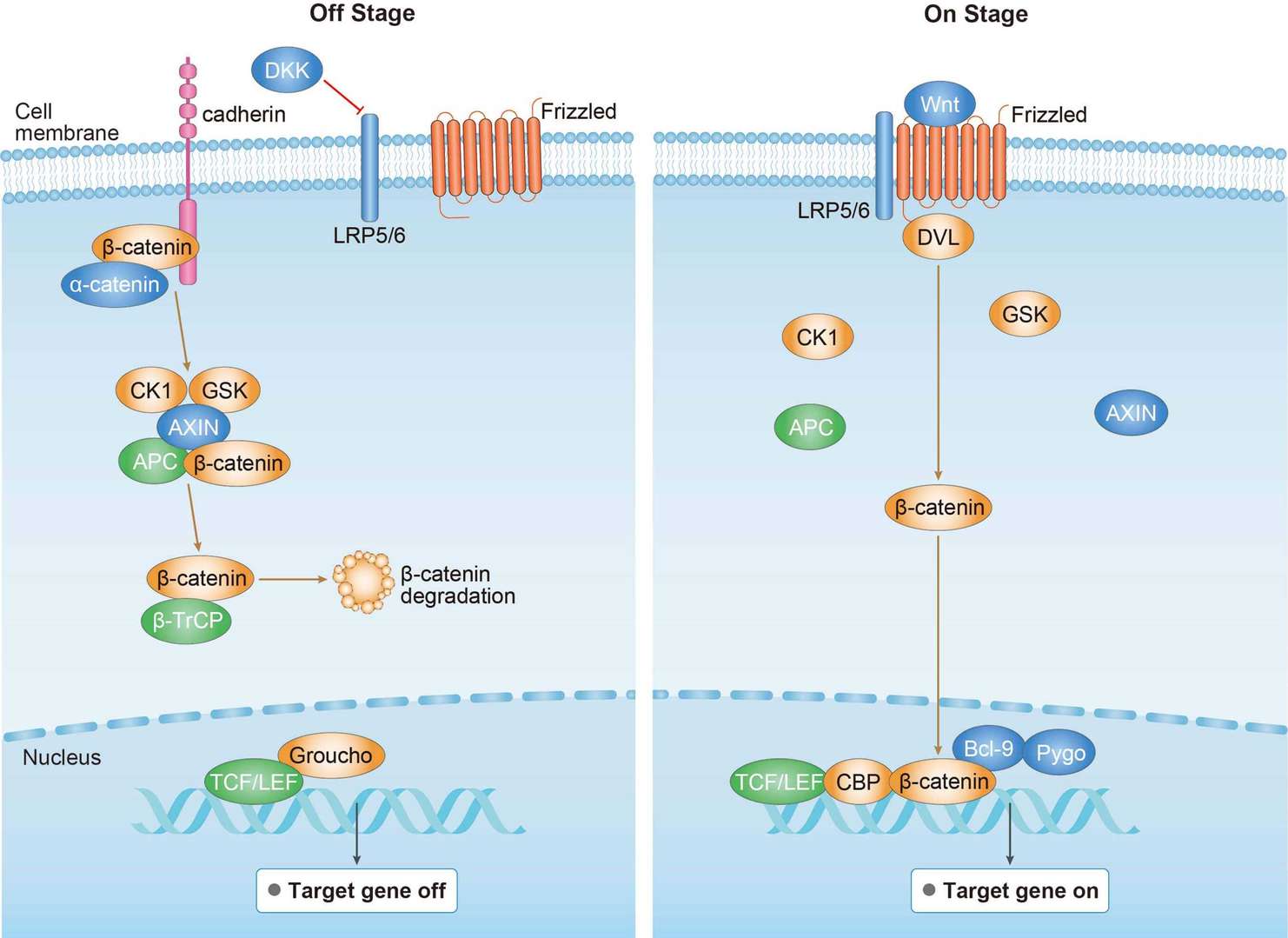 Canonical Wnt Signaling Pathway
Canonical Wnt Signaling Pathway
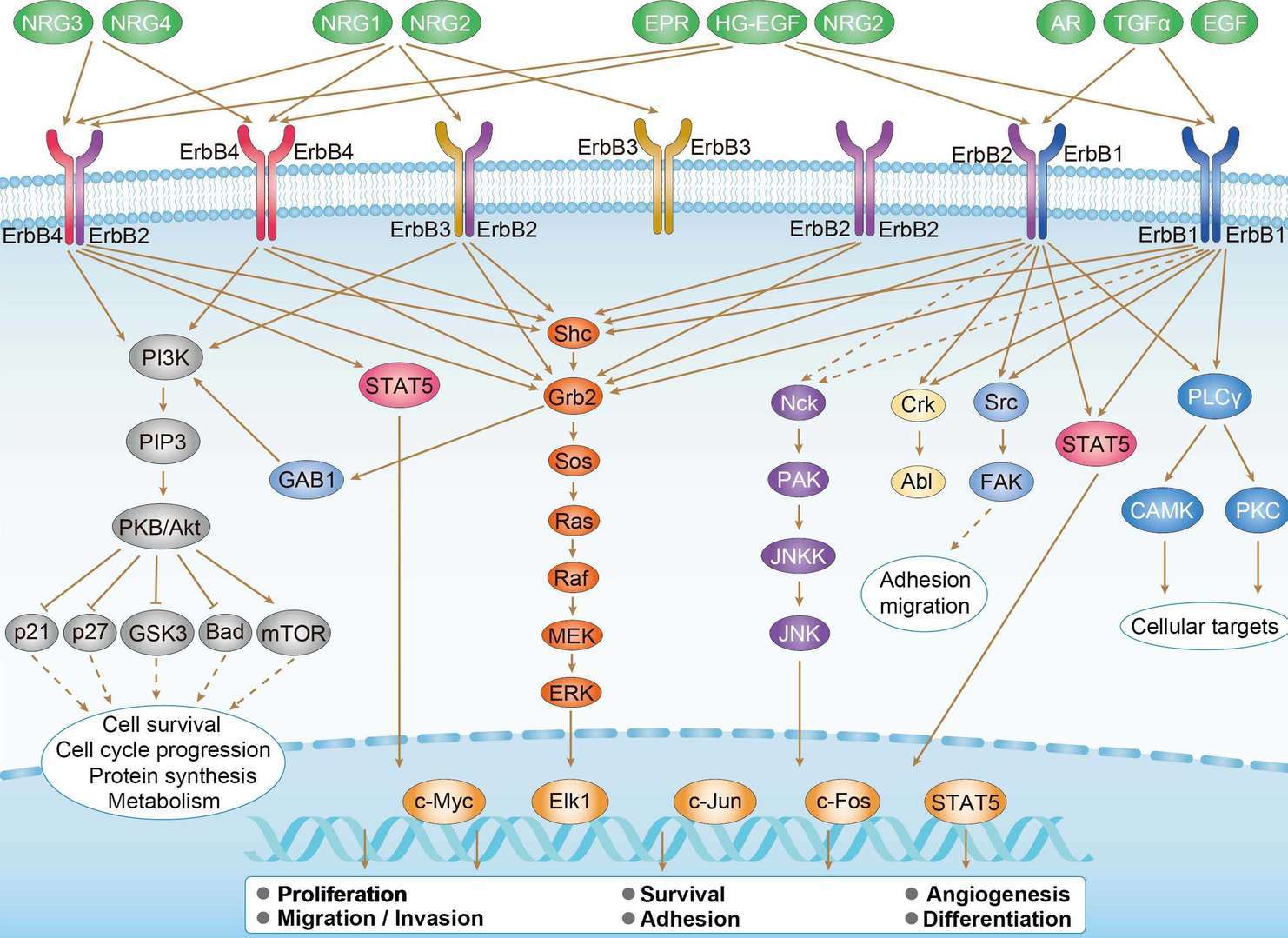 ErbB Signaling Pathway
ErbB Signaling Pathway
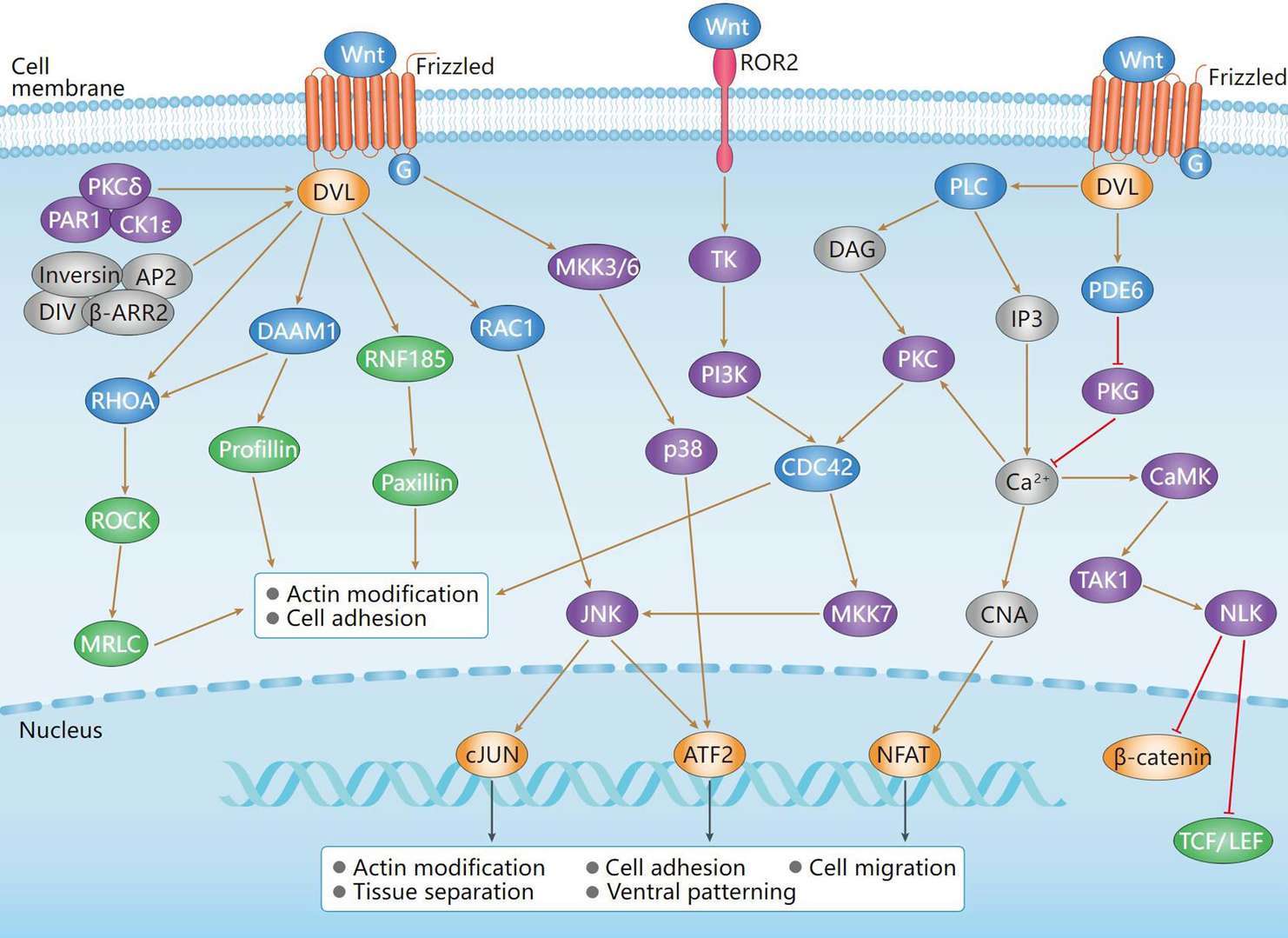 Non-Canonical Wnt Signaling Pathway
Non-Canonical Wnt Signaling Pathway
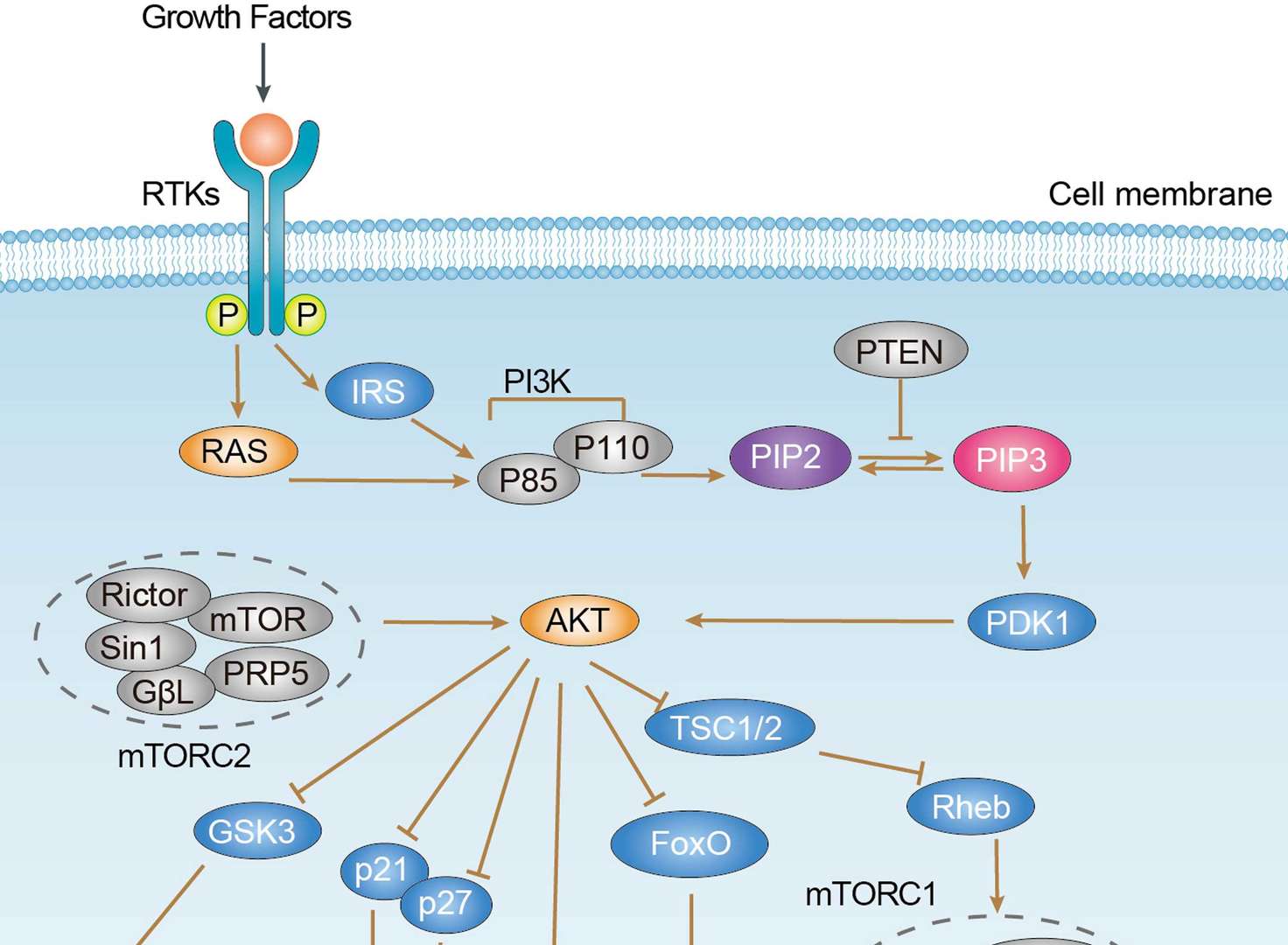 PI3K-Akt Signaling Pathway
PI3K-Akt Signaling Pathway
 Breast Cancer
Breast Cancer
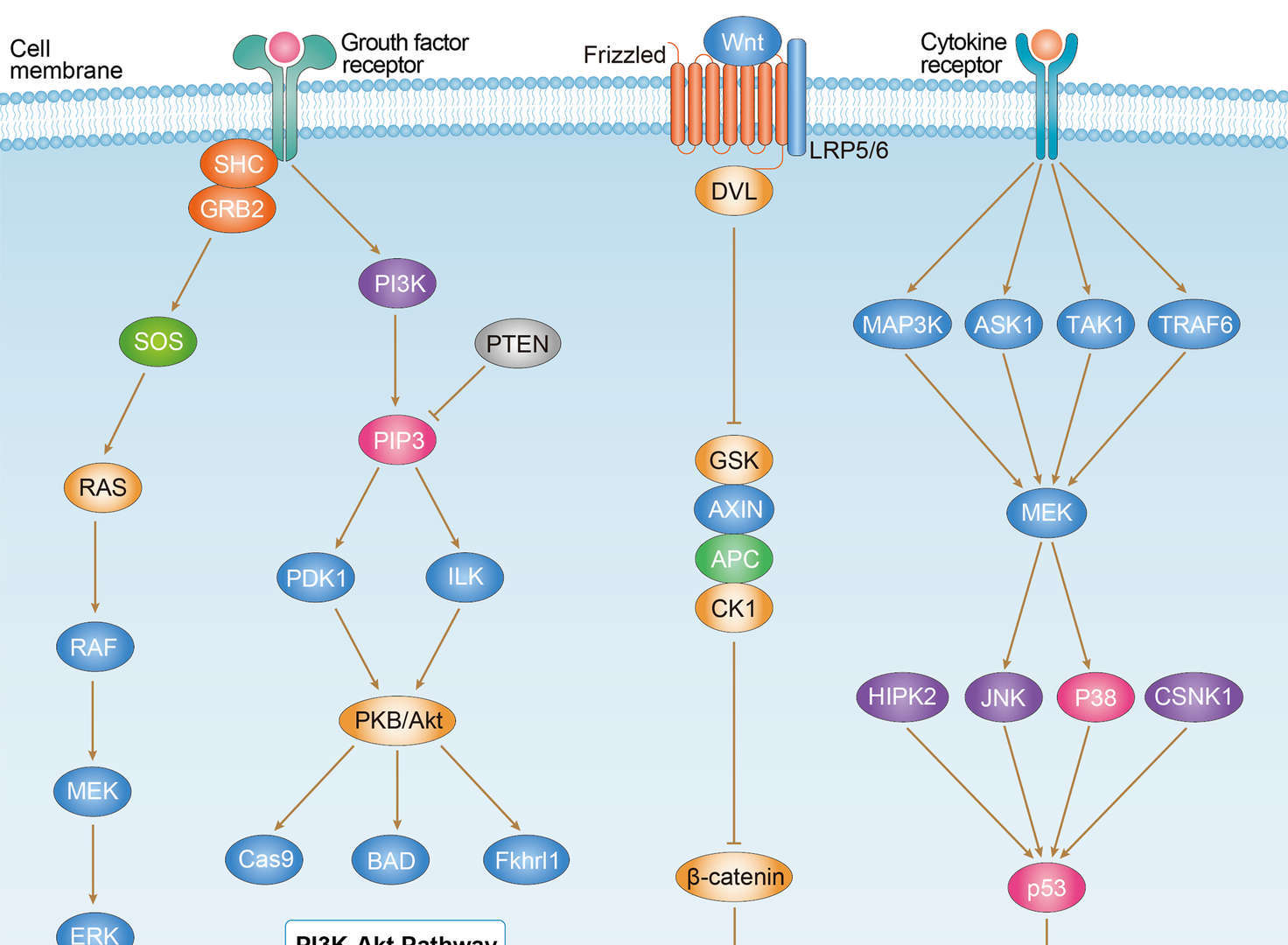 Endometrial Cancer
Endometrial Cancer
 Prostate Cancer
Prostate Cancer
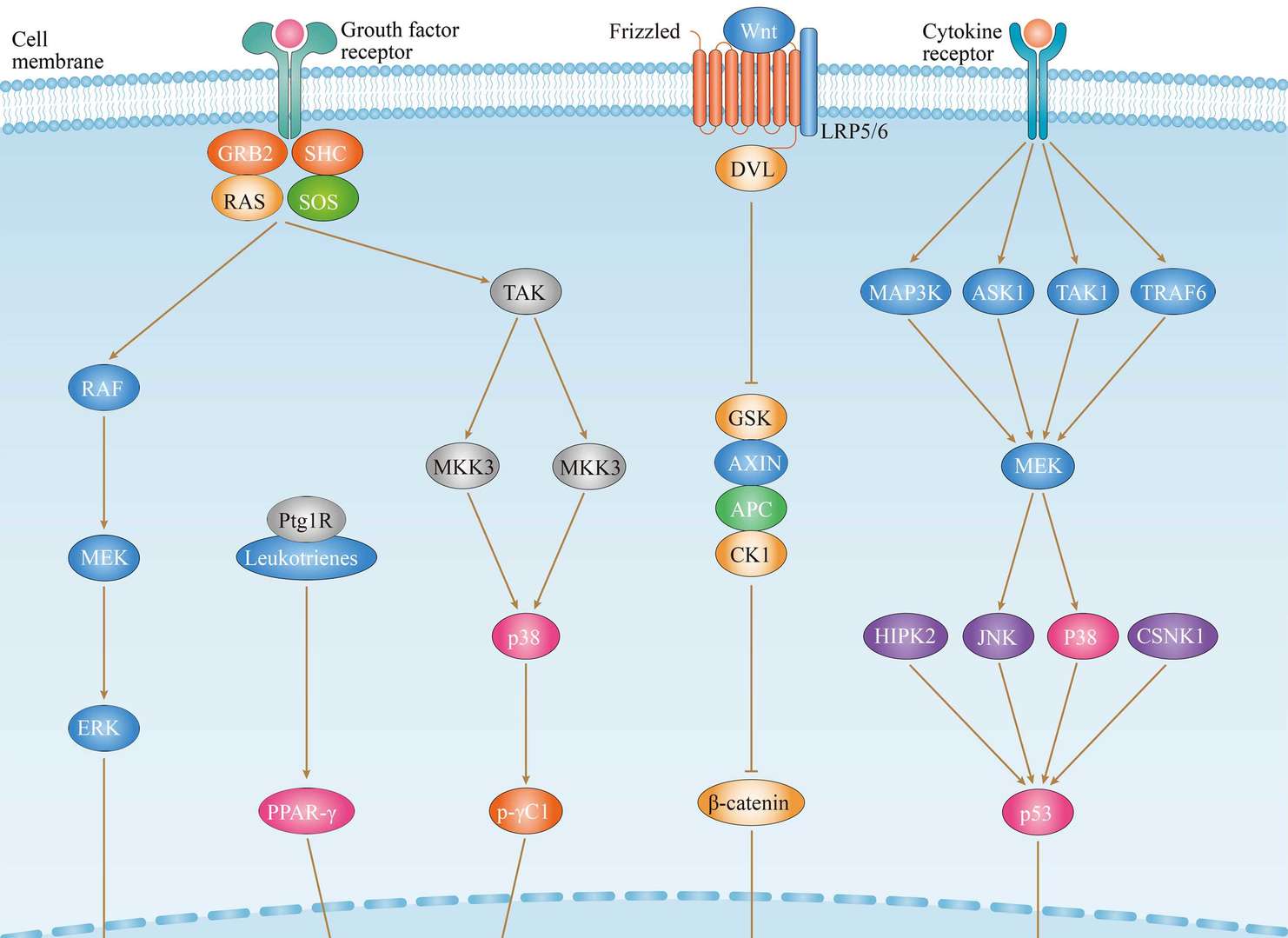 Throid Cancer
Throid Cancer
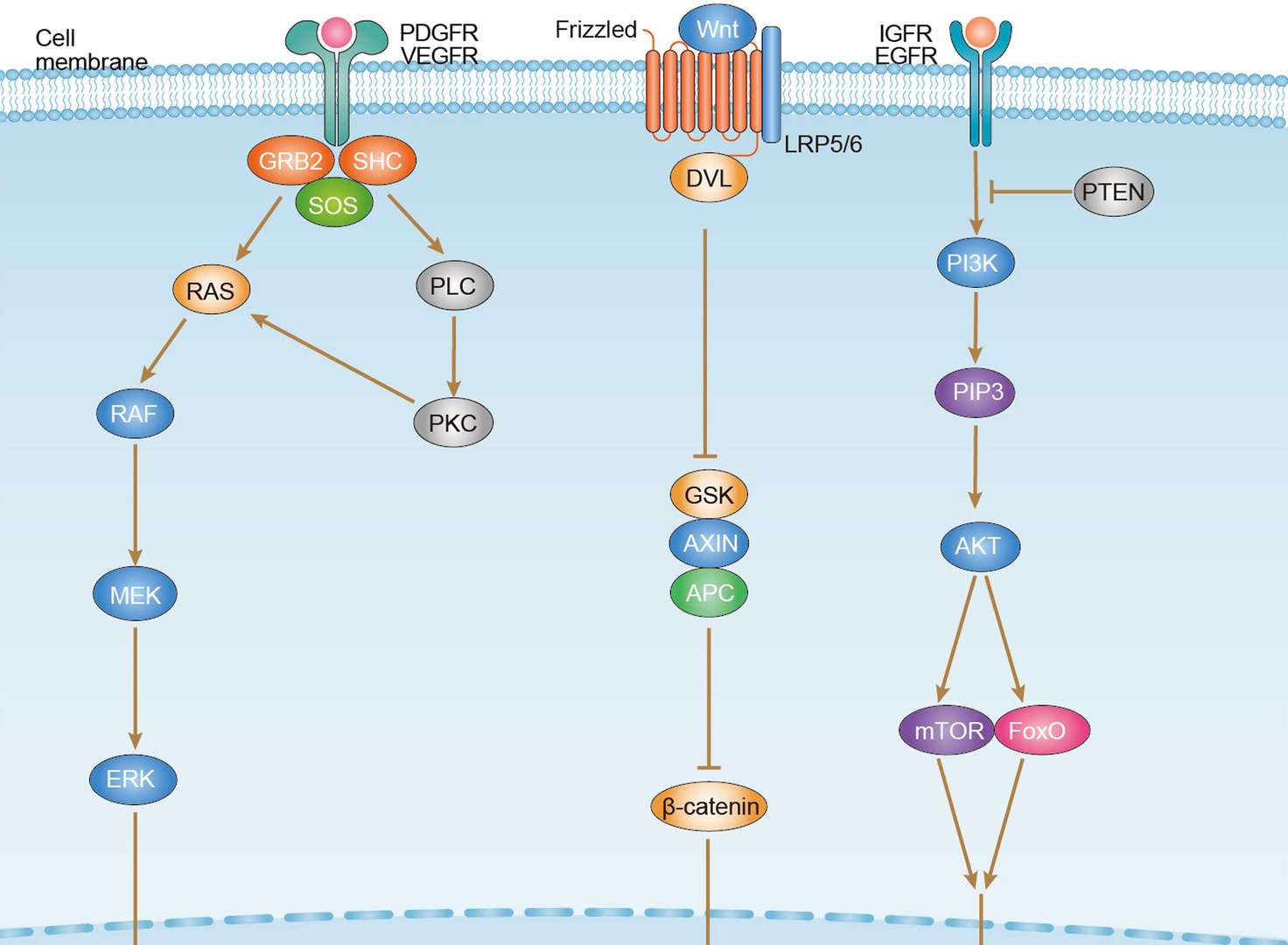 Hepatocellular Carcinoma
Hepatocellular Carcinoma
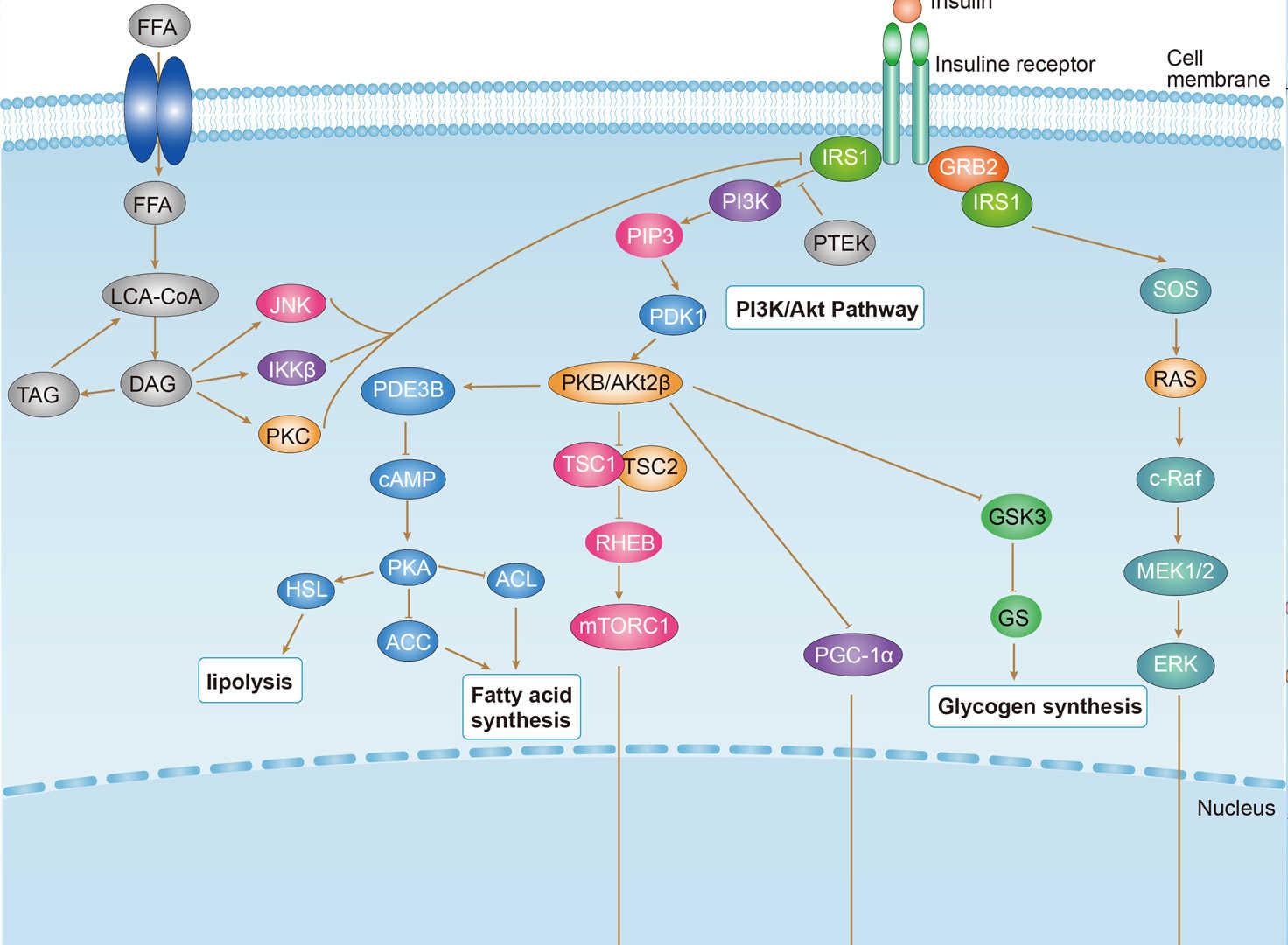 Insulin Resistance
Insulin Resistance
